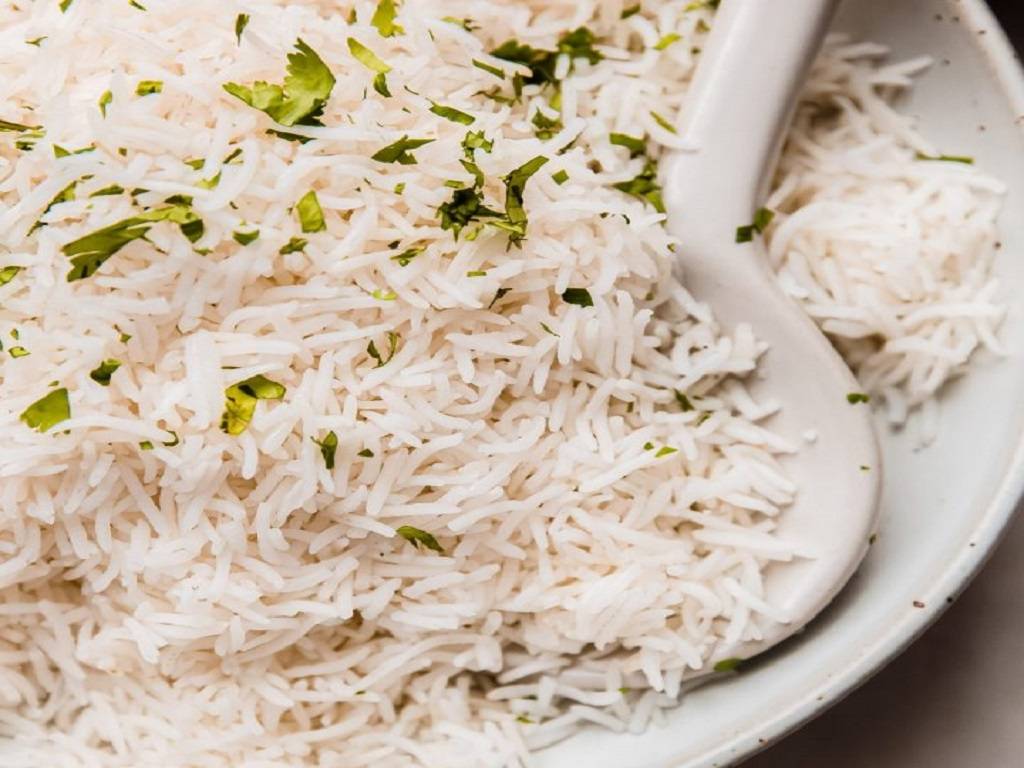
Except for its health advantages, Basmati rice is a mild and delicious complex carbohydrate that complements summer meals perfectly during a time of the year when people instinctively prefer to eat lighter.
What are Carbohydrates?
Carbohydrates, sometimes known as carbs, have a bad reputation in the world of dieting and healthy living, with people fearing their role in gaining weight, diabetes, and high blood cholesterol. Carbohydrates, on the other hand, are a necessary form of energy for the body to function properly. The idea is to pick and choose your carbohydrates carefully.
Carbohydrates are divided into three main types: simple, intermediate, and complicated.
Sugar
Sugar is a type of simple carbohydrate that can be found in foods such as vegetables, milk, as well as other dairy products in their natural state. Fructose (fruit sugar), sucrose (table sugar), and lactose are examples of sugars (dairy sugar).
Starch
Starch is a complex carbohydrate, which means it is made up of multiple sugar units that have been bound together. Starch is a naturally occurring substance that can be found in various food items such as grains, vegetables, cooked beans, etc.
Fiber
Fiber is a type of complex carbohydrate that can be found in fruits, vegetables, whole grains, cooked beans, and peas. The glycemic index was developed to assess the capacity of carbs to elevate blood sugar levels, which is one of its main risks. The glycemic index assesses how a diet affects sugar levels, with higher scores indicating a greater influence. Potatoes, white bread, and processed foods with added and refined sugars have higher glycemic index ratings. Legumes, whole grains, fruits, and vegetables have a low glycemic index than other foods.
Nutritional Value of Basmati Rice
Basmati rice is gluten-free, unlike other whole grains sources like bread and sticky rice variants used in risotto and sushi. It is cholesterol-free. It contains a lot of fiber. Brown Basmati rice is a particularly good source of dietary fiber since the outer shell of the grain is left intact, and it provides 20% more fiber than other forms of brown rice.
















